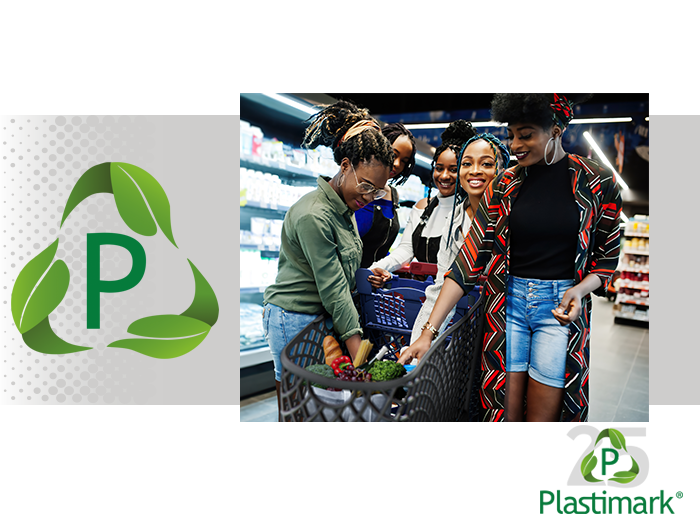The retail world is developing and with it also the requests of customers who increasingly find themselves in contact with stores that are increasingly more attentive to making the shopping experience interactive, engaging and sustainable. Building a customer experience that can be tailored as closely as possible to their consumers may be the key to their client’s preference for in-store shopping over the growing online purchases.
Brands that care about their customers have been wondering for years what makes a consumer choose their shop over another, what the hot spots of their shops are, how to optimise the check-out moment and at what times it may be preferable to invest in communication.
In the construction of the customer experience an important role is played by the customer journey, which includes: desires, possibilities for further investigation, purchase decision, request and last but not least support during payment and post-purchase. During all these steps, the customer must be able to proceed with his purchases using tools such as shopping baskets and trolleys that can facilitate this by relying on their lightness, manoeuvrability maintained even when fully loaded, quietness thanks to suitable wheels and customisation with accessories that can facilitate the shopping experience.
Another important point is the brand identity, reinforced also through the choice of the most suitable furniture, the in-store communication, the used chromatic scale (possibly reflecting the brand colours). Here again, we can see how important it is to use suppliers who can provide shopping tools that are as customisable as possible, both in terms of colour and combination.
The new target segment is made up of digitalised, highly demanding and sustainability-conscious consumers. These attentions can be conveyed in the customer experience through certain choices, including: RFID for inventory, price digitisation, implementation of monitors for advertising, preference of recycled materials in furniture (including shopping trolleys and baskets), limiting the use of single-use displays and implementing new check out methods such as automated checkouts and/or giving the option of smart shopping with the use of scanners.
